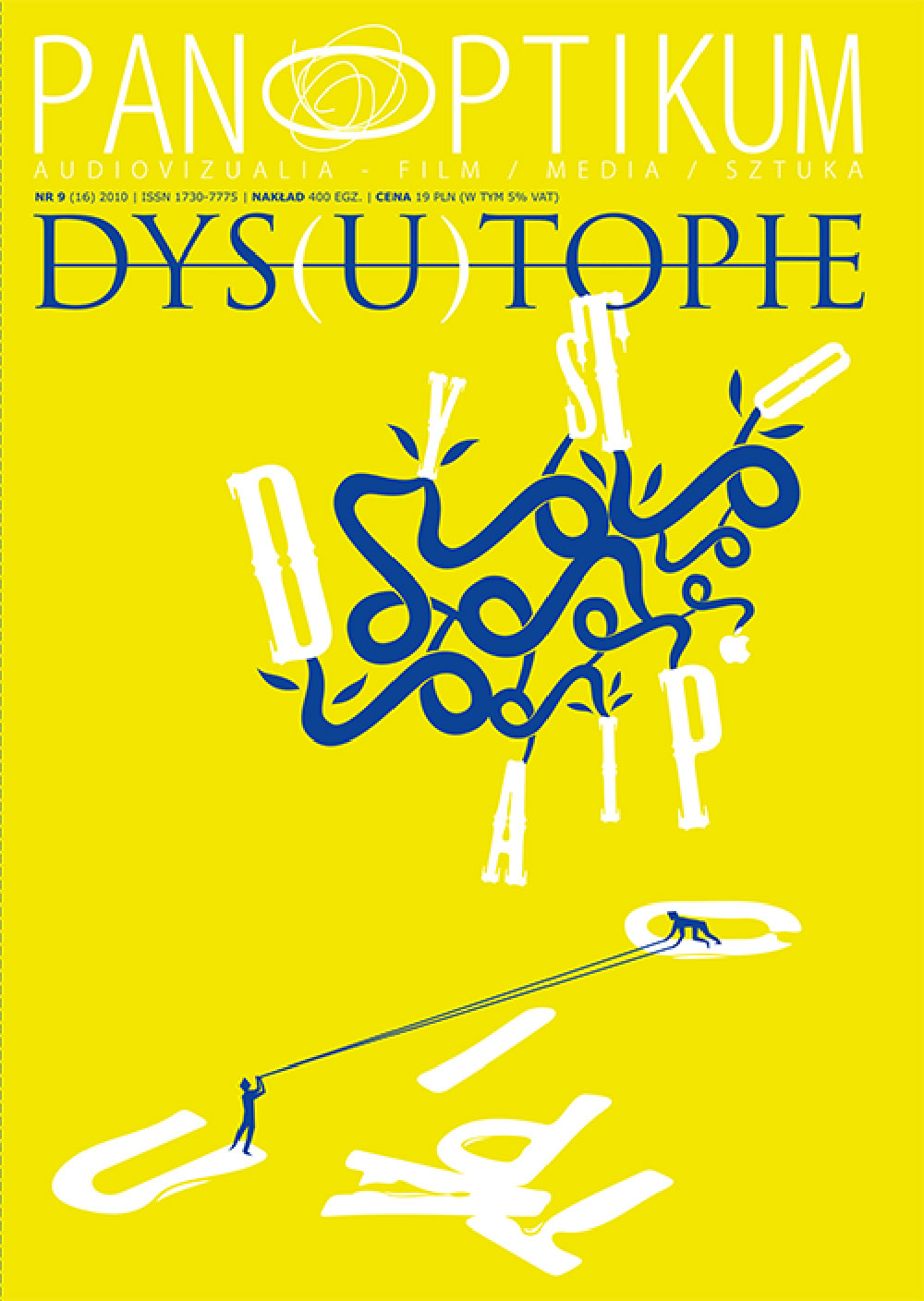Od utopii do post-utopii. Stalin i jego najlepsi uczniowie
Abstrakt
The aim of the paper is the analysis of aesthetic theories of Russian Avant-garde and Post-avant-garde. The author claim that an essence of the avant-garde movement was the desire to form the world in accordance with an artistic project, which should have given a harmony and a beauty of the reality, but in fact was only a reflection of the will of power of soviets. In this perspective the Soviets and Soviet art, i.e. social realism were true successors of avant-garde and ones who continued its project instead of making it dead. The main thesis here is that social realism took over the avant-garde dream of a new world and made its own, what made avant-garde itself useless. The first part of the paper explores historical and personal connections between avant-garde artist and Soviet authorities, but also – basing mostly on reflections of Boris Groys – an ideological nexus between them. The second part is dedicated to social realism and its most perfect form of artwork – Stalin. The author claim that Stalin was not only the one who was presented in artworks of the Soviet era, but also the one who represented the most congenial social realism artwork itself. Stalin was, after Groys, the utopian “total artwork”, the one who was dreamed about and the one who was a dream itself. In the last part of the paper I consider the Russian art after Stalin’s death, i.e. so called soc-art and contemporary post-utopian movements represented by Ilja Kabakov, Eric Bulatov, Alexander Melamid or Alexander Kosolapov. In the author’s opinion mentioned artists have turned over the utopian dream of a new world of Soviets and transformed it in the post-utopian dream of power.

 Uniwersyteckie Czasopisma Naukowe
Uniwersyteckie Czasopisma Naukowe





